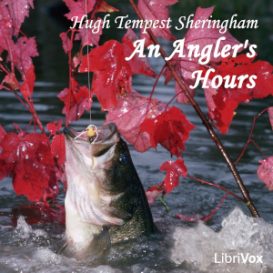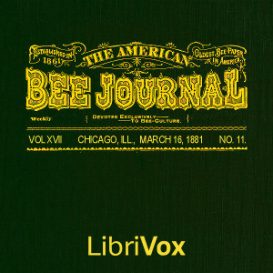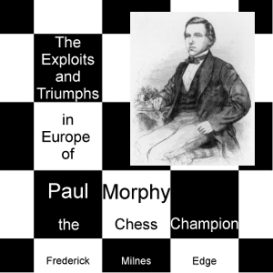Crafts & Hobbies
Showing all 4 results
An Angler’s Hours
One of the classic British books about angling. The author?s love was fly fishing???while there are trout, life is worth living?? but he was no snob. An Angler?s Hours includes several chapters about coarse fishing (grayling, dace, chub, etc.) as well as a surprising account of the Japanese tenkara method as used in England. Sheringham’s style is similar to that of the much-loved B.B. (Denys Watkins-Pitchford) with a dash of P.G. Wodehouse. He doesn?t bore us with technical details but writes of the simple joys of angling?”a man who gazes at the wares in a tackle-shop on a sunny day in April has certainly a fishing expedition in prospect??not forgetting the pleasure of a nice pot of tea at the end of the day. Hugh Tempest Sheringham (1876 – 1930) was angling editor of The Field (London) and considered one of the premier British authors on freshwater angling both for his knowledge of the subject and readable style. – Summary by Adrian Praetzellis
Blottentots and How to Make Them
This is very short, but it is a book with lots of pictures, and it will be even better if you can look at the pictures in the book at http://www.gutenberg.org/ebooks/44898 while you listen to the verses. There are many short verses: the first verses tell you how to make a blottentot with a blot of ink on a piece of paper. You then fold the paper and press it gently to spread out the ink into peculiar shapes. The rest of the verses describe the funny creatures which you can make. I’m sure it could also be done with different colours using thin paint instead of ink, and it looks a lot of fun! The author John Prosper Carmel is believed to be a pseudonym of Raymond Carter, who was the calligrapher, but of whom also nothing is known. (Summary by Ruth Golding)
The American Bee Journal. Vol. XVII, No. 11, Mar. 16, 1881
The American Bee Journal is the ?oldest bee paper in America established in 1861 devoted to scientific bee-culture and the production and sale of pure honey. Published every Wednesday, by Thomas G. Newman, Editor and Proprietor? In this issues are topics from Colchian Honey and Honey-Producing in California to Early Importations of Italian Bees and Tardiness in Fecundity. – Summary by Larry Wilson
The Exploits and Triumphs, in Europe, of Paul Morphy, the Chess Champion
Paul Morphy, born in New Orleans in 1837, was considered the greatest chess player of his era. He was a child prodigy who learned playing chess simply by watching family members play, and when he was only 9 years old, he was hailed as the best chess player in New Orleans. This book describes Morphy’s trip to Europe, i.e., England and France, where he wanted to play the European Champion Staunton, a match that never came about as the correspondence included in this book shows. He did play – and beat – virtually every other strong player in Europe though, and tales of these matches and people make up a large part of this book. After his triumphs in Europe, Paul Morphy was considered the unofficial World Chess Champion, as official championship tournaments were only held from 1886. Morphy retired from chess in 1859 in order to devote himself to his law practice. He died from a stroke in 1884. (Summary by Availle)





